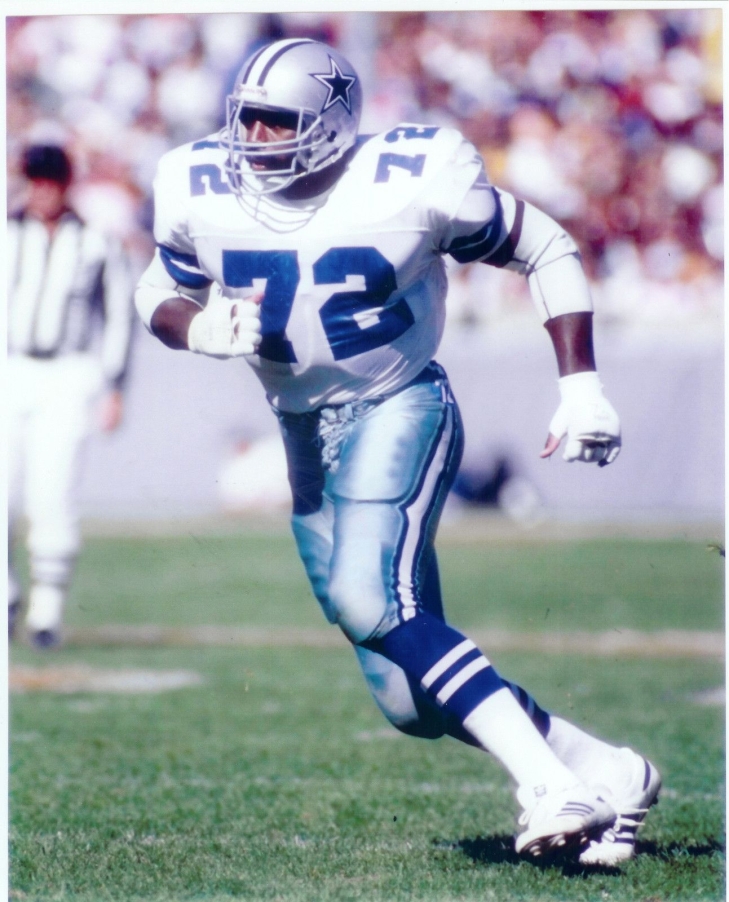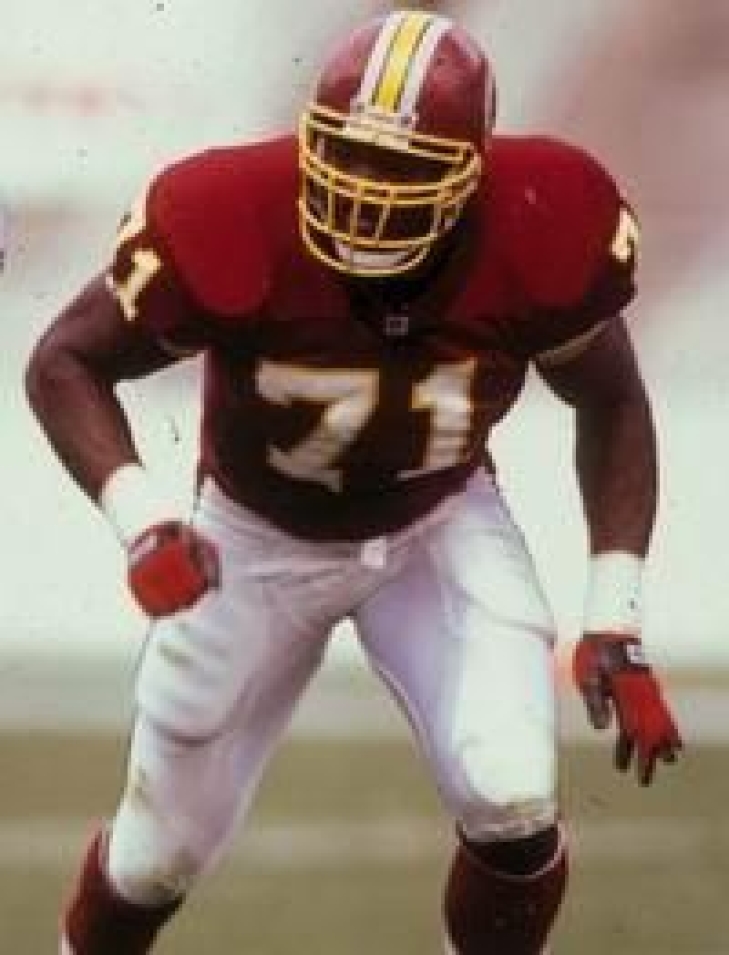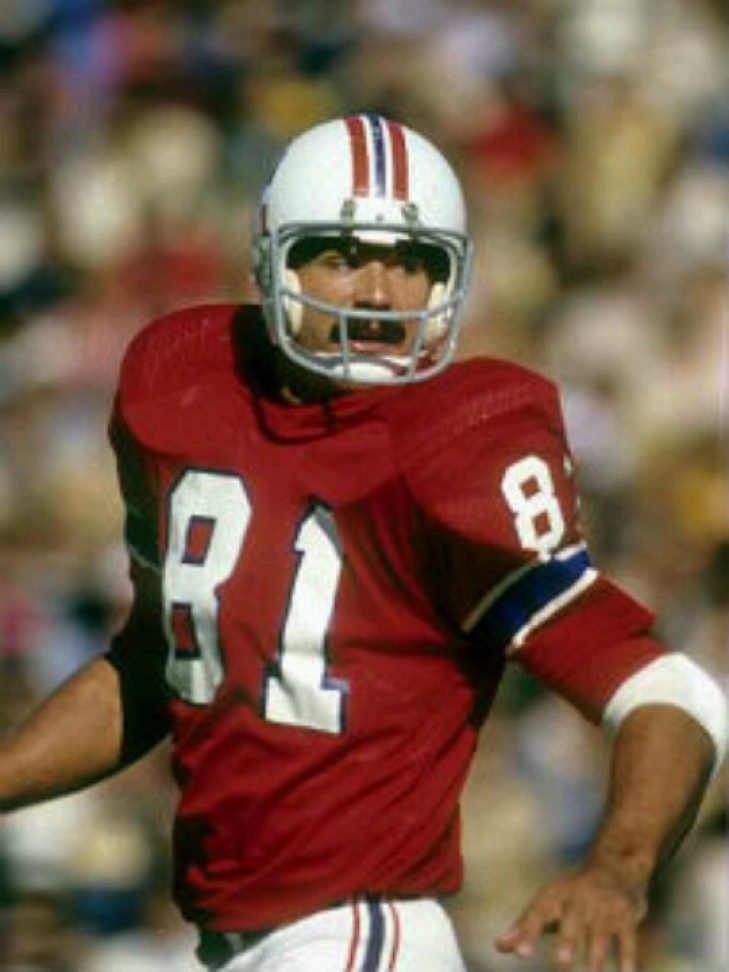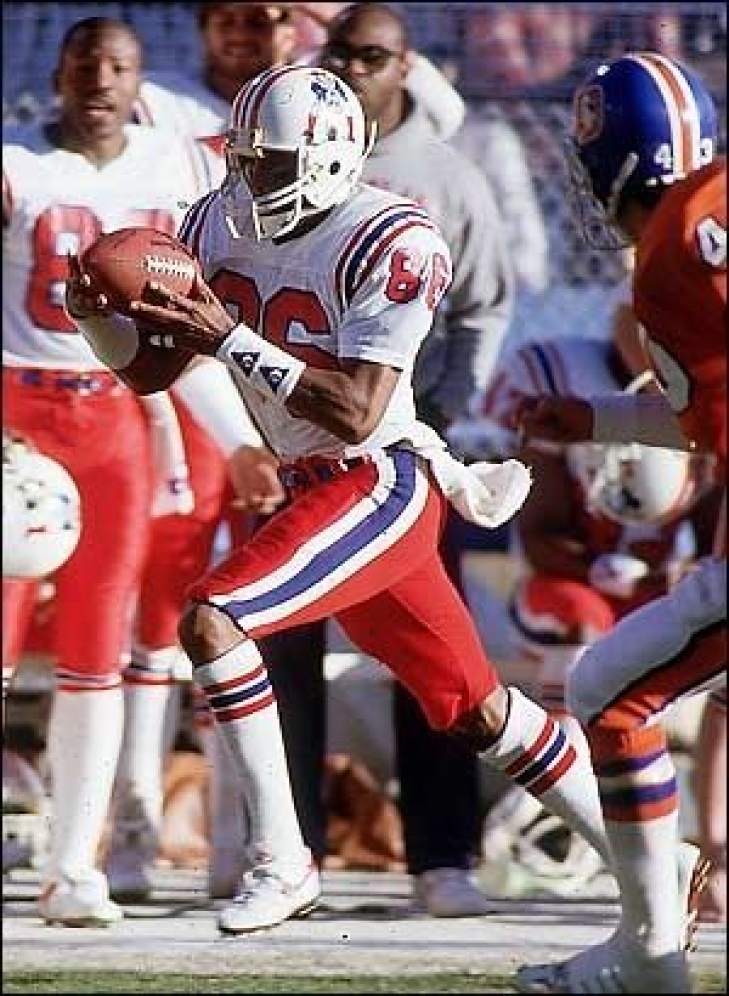
Committee Chairman
283. Ed "Too Tall" Jones
Many football players are large men, but few are freakishly tall. Hence the nickname of “Too Tall” for the 6’ 9” Ed Jones.
Recruited at Tennessee State for basketball, Jones later turned his attention to the gridiron and was an All-American Defensive End and made history as the first HBCU player to receive the first overall pick (1974) in an NFL Draft.
Jones has a good start to his career, winning All-Rookie honors, while finishing third in Defensive Rookie of the Year voting. Jones, whose height made him literally stand above all others. Showing improvement annually and helping Dallas win Super Bowl XII, Jones shocked the sporting world by retiring and focusing on a boxing career.
Most people were unaware that Jones had boxed in college, and it was one of his original loves. He had a 6-0 record, and all of his fights were televised nationally. It made Jones a bigger star, and he returned to football in 1980. While this time off could hurt others, Jones claimed it made him a better football player. He was right.
Too Tall had the best period of his career, earning three straight Pro Bowls (1981 to 1983). His best sacking numbers came after he had double-digit sack numbers in 1985 and 1987. Injuries and age forced Jones to retire after 1989 after he appeared in 224 Regular-Season Games and 20 Playoff Games.
Overall, Jones appeared in three Super Bowls, won one, and was a large cog in the machine that got them there. To this day, there are many who, whenever they think of batted balls, images of Too Tall Jones dance in their heads.
In 2013, Jones was elected into the Black College Football Hall of Fame.
292. Charles Mann
From the University of Nevada, Charles Mann became a starter at Defensive End in his second season, where he was a punisher on the pass rush. Playing for the Washington Redskins for his first 11 Seasons (1983-93) had 82 of his 83 career Sacks with Washington, including three four seasons in the double-digits.
Mann went to four Pro Bowls with the Redskins (1987, 1988, 1989 & 1991), and helped them win two Super Bowls (XXII & XXVI). He was especially strong in the 1987 postseason, accruing 4.5 Sacks in the playoffs. Mann was praised for his work ethic and leadership and was one of the most beloved players in Redskins defensive history in and out of the locker room.
Following his release from Washington in 1993, Mann signed with the San Francisco 49ers where he played one final season and helped in a reserve role win his third Super Bowl.
279. Russ Francis
Russ Francis was the first Tight End drafted in 1975. The Oregon product went on to have two distinct careers in the NFL.
Beginning his professional career with the New England Patriots, Francis's blocking ability, matched with his soft receiving hands, led him to three straight Pro Bowls (1976-78) and a Second-Team All-Pro in 1976 and 1978. This was a great time for Francis on the field, though there were some problems off of it.
The Pats were not the juggernaut of the first two decades of the 2000s and were looked at within the NFL as a laughable organization. This was especially true in the 1970s, as New England refused to pay Francis’ bonus for a Pro Bowl (their rationale was that he didn’t play the game due to injury) and he was also upset with the Patriots’ attempt to cancel his roommate, Darryl Stingley’s medical insurance after he was paralyzed by a Jack Tatum hit. Francis retired in 1981, with his heart out of the game. He would return for his second phase in 1982, this time as a San Francisco 49er.
Francis’s second half did not generate a Pro Bowl, but he was a factor in the Niners Super Bowl XIX win over Miami where he had five Receptions. Francis’ blocking opened up holes for Roger Craig, and spaces for Jerry Rice, and protection for Joe Montana. It was a great fit for Francis, whose profile rose, even if his individual accolades did not.
He was released by San Francisco during the 1987 season and returned to the Patriots, where he played one more year.
266. Stanley Morgan
A multi-faceted offensive player at Tennessee, Stanley Morgan was taken by the New England Patriots in the First Round of the 1977 Draft and was a prime offensive threat for the Pats for over a decade.
Originally used more as a returner as a rookie, the “Stanley Steamer” emerged as one of the top deep threats in football by his third season. Quick as lightning, Morgan led the NFL three years in a row in Yards per Reception (1979-81), and was the league-leader in Touchdown Receptions with 12 in 1979. Excellent in short and long routes, Morgan consistently displayed excellent yardage after first being touched. Although he helped the Patriots reach the Super Bowl against the untouchable 1985’ Chicago Bears team, Morgan did not have a lot of great players around him to relieve the load, which hampered his overall touches. Following the Super Bowl loss, Morgan had his third Pro Bowl and fourth Pro Bowl, and remained with the Patriots until 1989. He retired after a final season as an Indianapolis Colt, leaving with 10,716 yards and 72 TDs.
As of this writing, no player with over 500 Receptions has a higher Yards per Reception than Stanley Morgan.





